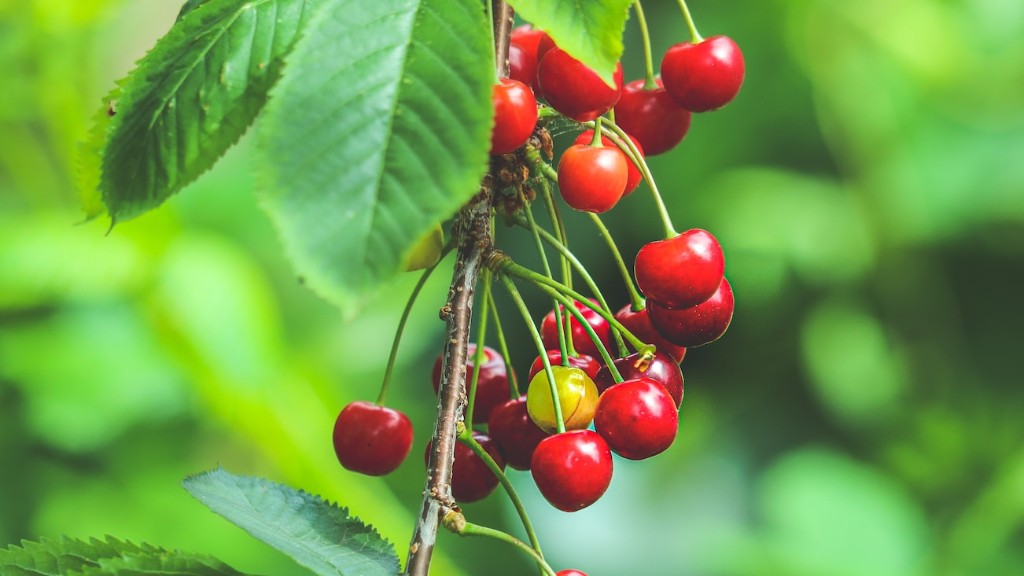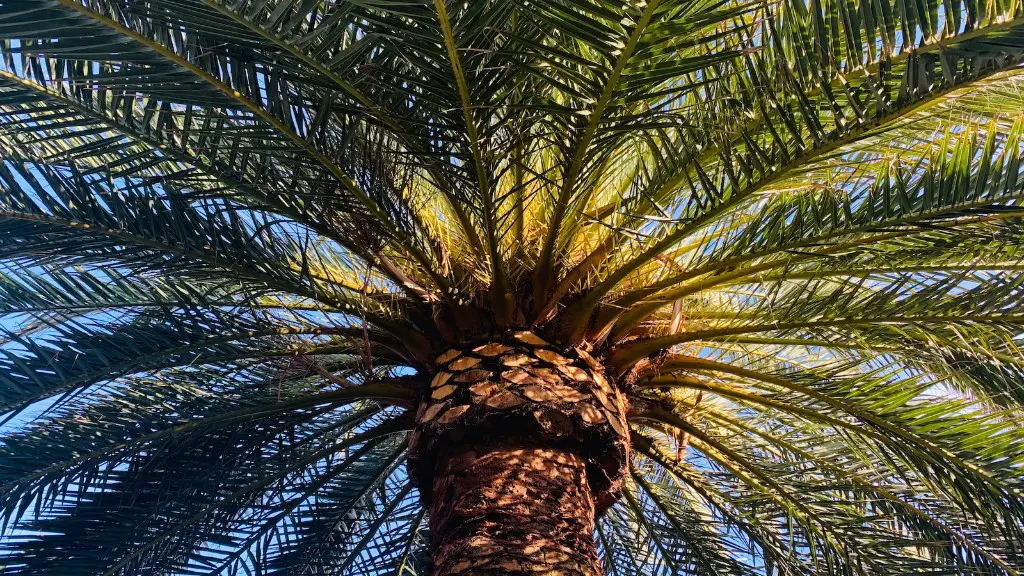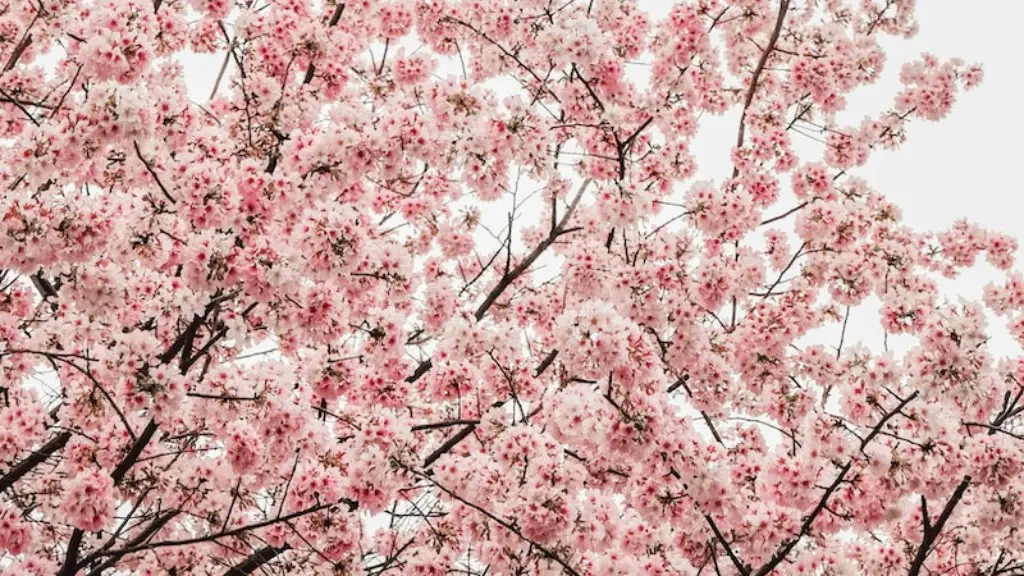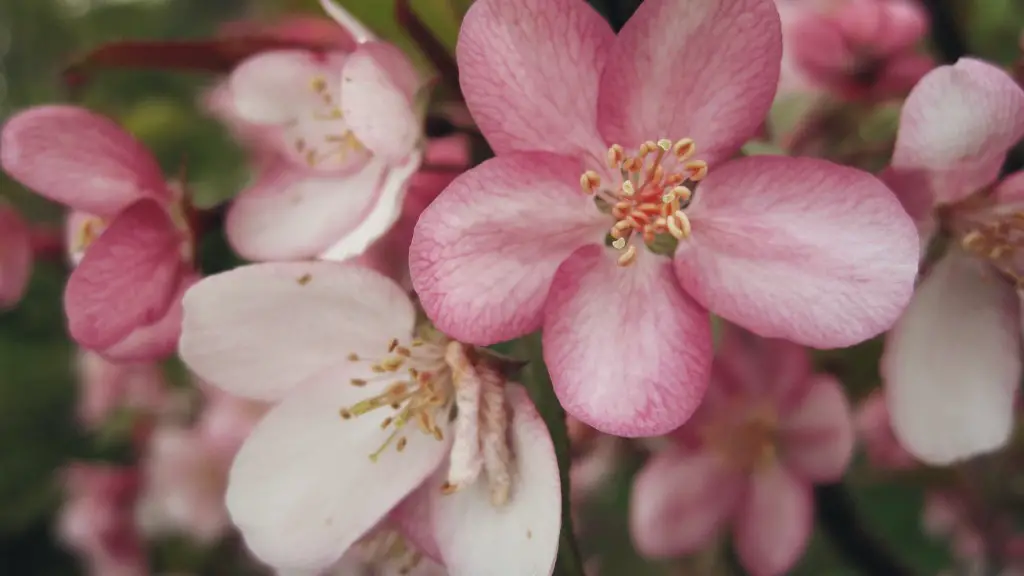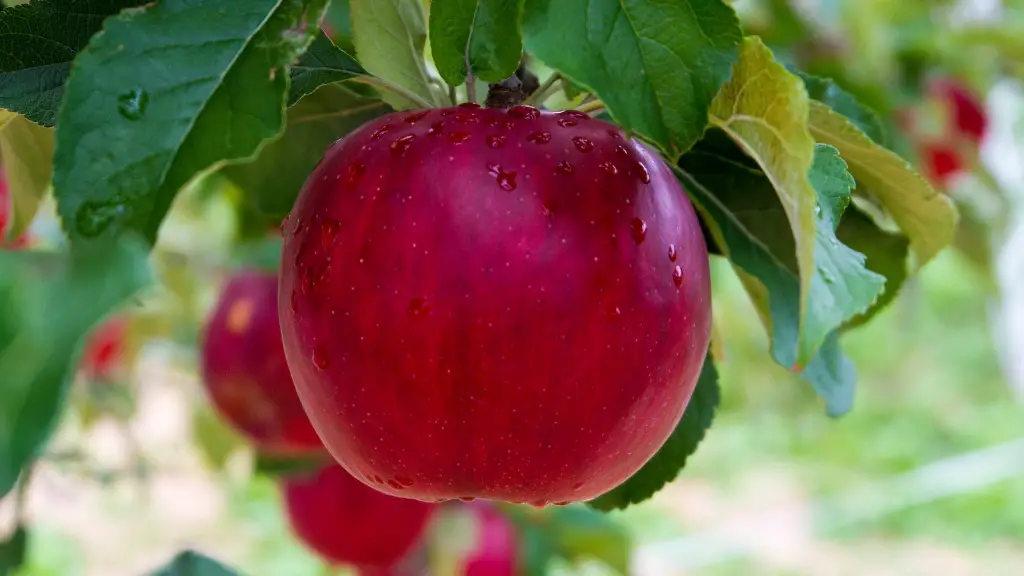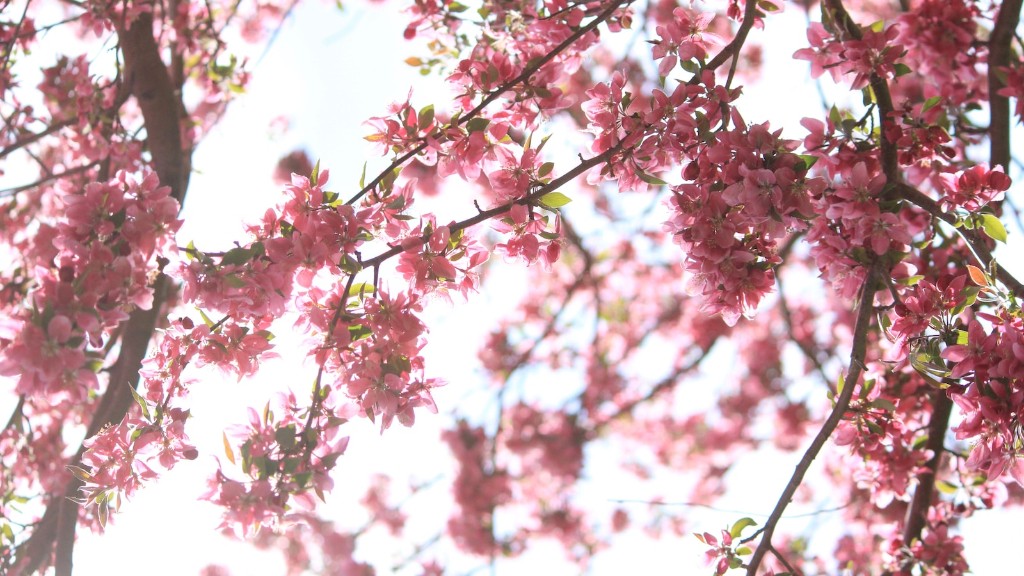Yes, cherry trees can be grown in pots. The most important factor is choosing the right size pot. The pot should be at least twice the size of the tree’s root ball. Since cherry trees need full sun, pick a spot in your yard that gets at least six hours of sunlight a day. The tree will also need regular watering and fertilizing.
You can grow a cherry tree in a pot, but it will be smaller than a cherry tree grown in the ground.
What is the best cherry tree to grow in a pot?
Cherries are a popular fruit and can be grown in large containers on semi-dwarfing and dwarfing rootstocks. Sour cherry trees are naturally less vigorous and so are ideal for growing in pots. This makes them easy to care for and maintain.
Cherries grown on a ‘Gisela 5’ rootstock can be grown in containers. Use a soil-based compost and a pot that’s at least 45cm (18in) in diameter. Water the cherries well and top off with an organic mulch. You’ll need to re-pot in another year or two, trading up to a larger pot to allow the root system to continue to develop.
Can I grow a cherry tree indoors
Growing a cherry tree in a pot is a great way to enjoy the fragrant, showy cherry blossoms without having to worry about the weather. You can bring the tree indoors during harsh winter weather or boiling summer heat, and it will still thrive. Just be sure to give it plenty of sunlight and water, and it will be sure to bloom beautifully each spring.
Pruning is critical in developing a smaller size for your tree. As intimidating as it may be, do not let the ultimate size of the tree discourage you from not keeping it small to suit your needs.
How big will a cherry tree grow in a pot?
As your cherry tree grows, you’ll need to transfer it to a pot that is deep and wide enough to accommodate its root ball. A 15 gallon pot should be large enough for a 5 foot tree.
If you want to grow sweet cherries, you will need to plant at least two different varieties in order to facilitate cross-pollination. One sour cherry tree can provide enough pollen for pollination, but it is not necessary to have more than one sour cherry tree.
Do cherry trees need full sun?
Cherry trees require full sun in order to produce fruit, and well-drained, fertile soil. Without full sun, the tree will not produce as much fruit, and the fruit that is produced will be of lower quality. Additionally, full sun helps to prevent fungal problems from developing.
Cherry trees take a little longer to bear fruit than some other trees, but they’re well worth the wait! A mature, standard-size cherry tree will produce 30 to 50 quarts of cherries each year, while a dwarf tree will produce 10 to 15 quarts. So if you’re patient and have the space for a larger tree, you’ll be rewarded with a bigger bounty of delicious cherries.
How often do you water a potted cherry tree
It is important to water your cherry trees regularly, especially when they are first planted. Water them in the morning and evening for the first few days, and then once a day for 3-4 weeks. After that, they should be established and won’t need as much water. However, if they become stressed at any point, make sure to water them.
If you want to grow cherries at home, you can use pits from locally grown cherries. However, it will take longer for the fruit to mature using this process. Use pits from cherries that are grown locally or purchased from the farmer’s market. Avoid using the pits from grocery stores as they may not be compatible with the climate in your area.
What is the easiest cherry tree to grow?
There are a few things to know before you plant sweet or sour cherry trees. First, they are both easy to grow. Second, the fruits have a wide variety of uses. Sweet cherries are used for raw eating and you’ll need at least 2-3 trees for pollination. There is a dwarf sweet cherry tree that is self-pollinating that is new to most markets as well.
It takes between 4 and 5 years for cherry trees to grow on average. However, some varieties have faster growth rates than others. By the time they reach maturity, you can expect to harvest a full crop every year.
Can you restrict the height of a cherry tree
You can keep oak and cherry trees small by training them and reducing their height. Your arborist will help develop a plan to ensure you’re training your tree and reducing its height in the best way possible. They’ll also pinpoint the best time to prune because cherry and oak trees are on opposite pruning schedules.
Each year, remove any side shoots below the central trunk and cut the trunk back to the top lateral. In the third year, once the main laterals have produced their own side shoots, prune back the strongest of these by half. From then on, annual pruning will enable you to control the tree size.
Is cherry tree hard to grow?
Cherry trees are a type of fruit tree that can be grown in either a domestic or commercial setting. They are relatively easy to care for, but do require some specific growing conditions in order to thrive. Both sweet and sour cherry trees need to have good air circulation, an adequate amount of sunlight, and well-drained and fertile soil. However, cherry trees are vulnerable to root rot and so the soil needs to be well-drained in order to prevent this issue. With proper care, cherry trees can produce an abundance of fruit that can be enjoyed fresh, canned, or baked into pies and other desserts.
The Barbados cherry tree is a beautiful tree that produces delicious cherries. The tree is approximately 3-35 feet tall and is a great addition to any home. The cherries produced by this tree are sweet-tart and make excellent jams, jellies, pies, and other delicious treats. If you are looking for a tree that will add beauty and delicious fruit to your home, the Barbados cherry tree is the perfect choice.
Final Words
Yes, you can grow a cherry tree in a pot.
Yes, you can grow a cherry tree in a pot. You will need to make sure that the pot is big enough for the tree to grow in, and that you water it regularly.
